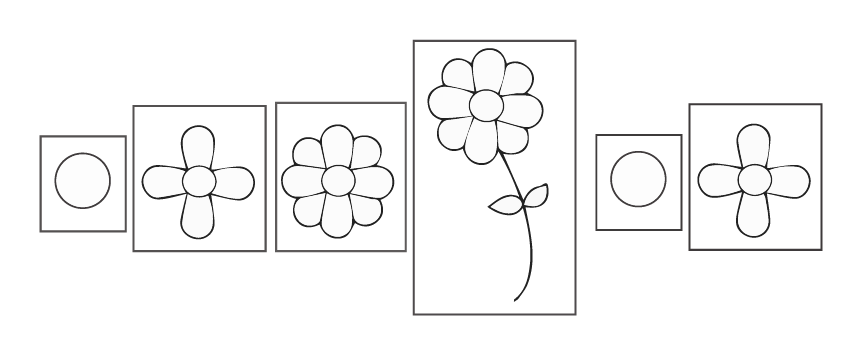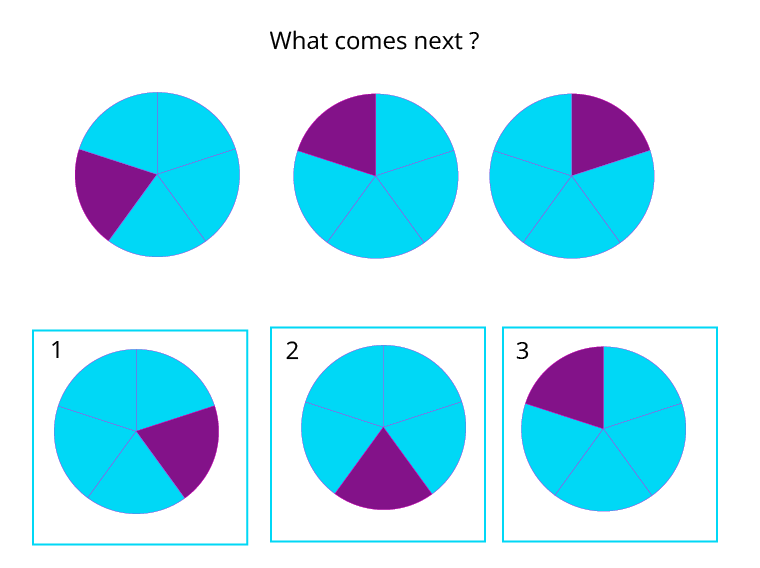Class 3 Maths Chapter 10 Summary Notes PDF Download
FAQs on Play With Patterns Class 3 Maths Chapter 10 CBSE Notes - 2025-26
1. How can I recognise a pattern in a question?
Follow the notes given in the free revision files and check how the questions are framed based on the pictures. You will easily recognise a pattern.
2. How can I solve questions related to number patterns in maths?
Check how the numbers and/or letters are increasing or decreasing in the question. Try to identify the pattern and calculate to fill the blanks with the right answers.
3. What is the best way to complete pictorial patterns?
Check how the objects or geometric figures in the questions grow. Observe the trend in all the pictures and complete the following patterns.
4. What is the significance of CBSE Class 3 Maths Chapter 10 - "Play With Patterns"?
This chapter explores the fascinating world of patterns, helping students understand the underlying structures in mathematical sequences.
5. How can these Class 3 revision notes for class 3 Maths benefit students?
Class 3 revision notes for class 3 Maths provide a comprehensive understanding of patterns, making learning enjoyable and aiding in efficient exam preparation.
6. Where can I find the free PDF download for these revision notes by Vedantu?
You can easily access the free PDF download for "Play With Patterns" Class 3 Notes on Vedantu's platform, supporting convenient learning.
































